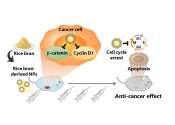New ligand-guided technique enhances drug development
Achieving a level of precision to create complex medicines and materials with extreme accuracy is a longstanding goal of scientists and pharmaceutical companies. If achieved, that precision could lead to the development of ...









